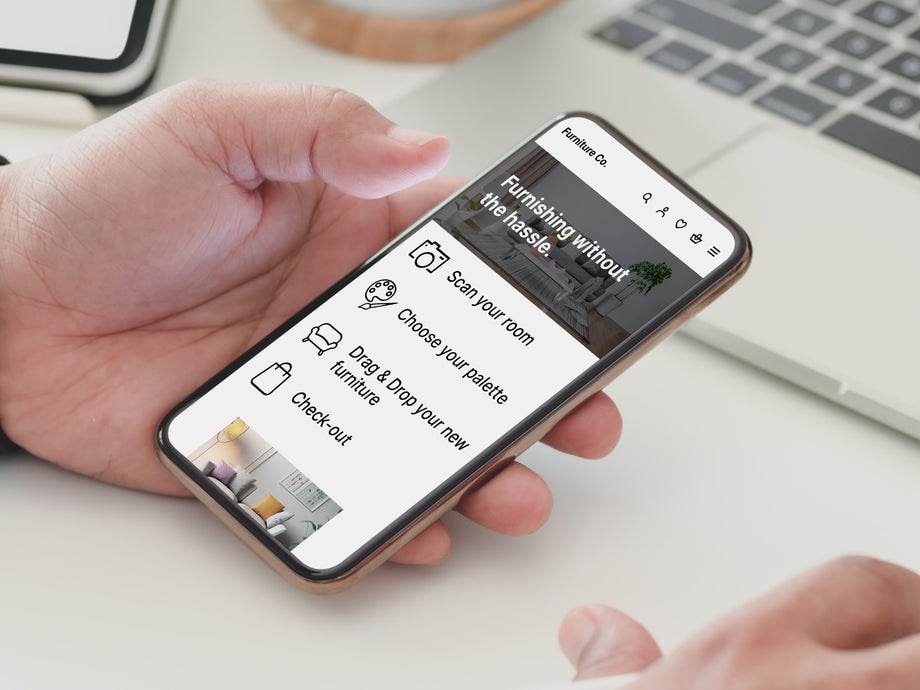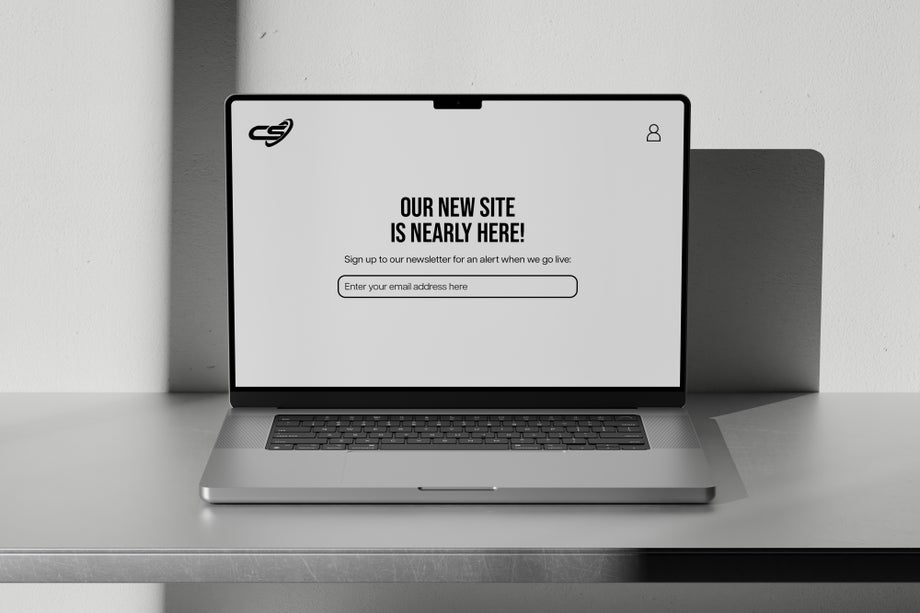

19.09.20236 mins read
Technology is great… until it isn’t. Online experiences should be as simple and stress-free as possible. And yet all too often I find that is not the case.
Here are my top examples of when the digital experience is anything but simple and efficient.
Studies have shown that slow loading times, especially on mobile sites, are one of the biggest turn offs for users. Waiting is frustrating and we expect results instantly so we sense correctly or incorrectly that something is amiss if we don’t see the page we want immediately. Other technical issues such as broken links, or error messages also contribute to creating anxiety, heightened if we are trying to complete a task or access important information.
Typically when we are online if we are not watching a video, listening to audio or playing a game, we are looking for something- information about a person, place or thing- making a booking coming under all or any of these headings. In other words we are on a mission and understandably get annoyed if there are blockers making it difficult or impossible to complete the task. From our research, All human Digital Pulse 2022: The current state of online shopping habits and behaviours in Ireland around online shopping frustrations we know that a lack of clarity around processes such as returns, delivery times and charges was a huge hindrance for people when they are trying to accomplish a task or complete a transaction online.

With news feeds on a daily basis reporting scams and other fraudulent behaviours it is hardly surprising that when we are asked to provide personal and financial information, such as credit card details or personal data, we become anxious about the security of their data. Therefore, if online experiences do not provide clear and reassuring messaging about a brand’s security protocols, we feel reluctant and unsure to provide the necessary information, causing additional stress and anxiety.
Consumers want simplicity - They want to browse products or services, select the one they want and then purchase it as quickly and easily as possible. So why then do some brands make it so complicated? Regardless of how tech savvy you are, but for sure it is even harder for those not as familiar with tech- when your site’s navigation is confusing you are causing visitors to feel overwhelmed and frustrated, leading to increased anxiety.
While not directly related to design and perhaps more of a social and cultural issue, I think it is important to mention how social media and other online platforms can create anxiety as people feel pressure to present a perfect image of themselves or who constantly compare themselves to others. This can lead to feelings of inadequacy or inferiority, contributing to increased anxiety.
In a nutshell, we can leverage design to make the online experience more enjoyable and relaxing.
How?
Use clear and concise language. When customers know and understand what to expect, they are less likely to feel anxious or uncertain.
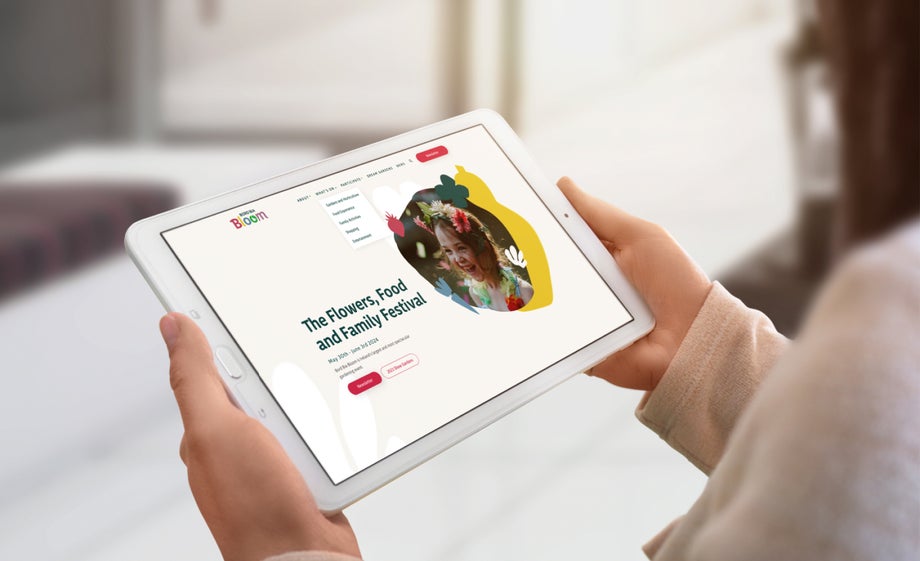
When we worked with Bord Bia on its Bloom site, one of our main design goals was to make it easy for visitors to Ireland's largest and most spectacular gardening plan their day. We chose descriptive headers for the navigation bar and the drop down menu is also clearly labelled so that as a visitor to the site can easily get the information they want to create event their perfect day.
A well-designed user interface that is easy to navigate and understand can help customers feel more in control of the experience. When customers feel empowered, they are less likely to feel anxious.
Visit Dublin is the go-to source of all information about spending time in Dublin. When planning the look and feel of this site, we knew that its intended audience was everyone from people who live in Dublin to people visiting for the first time. We wanted had to ensure that the way people got the information they needed- whether that was about an event or how to use public transport- was obvious and accessible. For example, navigating a new city can be stressful, so to lessen any anxiety travelers might have, the site is loaded with information about how to get around the city.
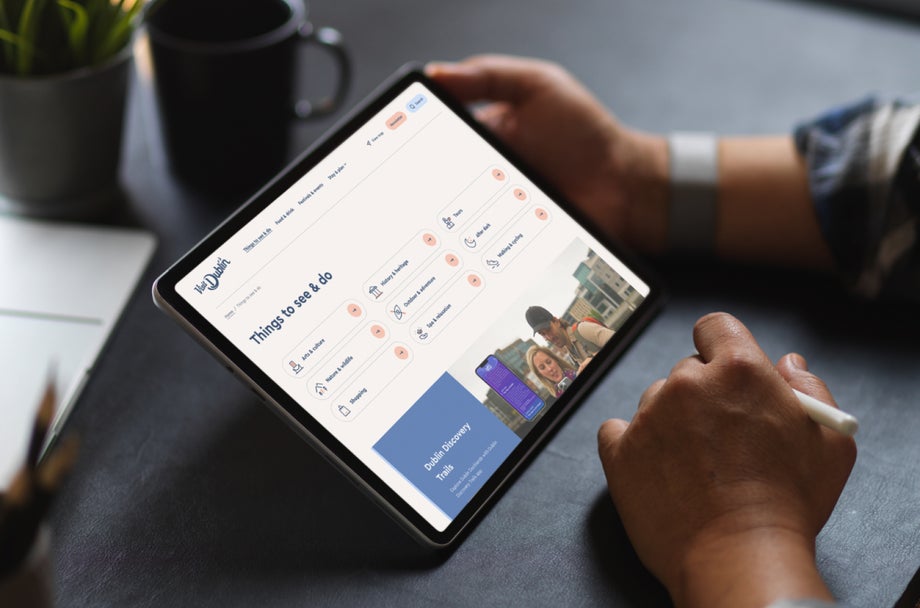
When a visitor sees their name or is reminded that they have been to the site before it forms an instant connection. This establishment of familiarity and history reduces anxiety by creating a more intimate and comfortable experience.
However, we are all becoming better informed around data privacy and what companies can and cannot do with our information. So while it is recommended to leverage some form of personalisation, there needs to be lines drawn in the sand. No one wants to feel hounded or pigen holed. I get very frustrated when after I search a particular item all I am fed thereafter is content around it.

We collaborated with An Post to create the world’s first Digital Stamp with Notification. Apart from offering incredible convenience for customers we also made sure to allow buyers to keep a record of both stamps purchased and confirmation of delivery. This removes any concerns around whether or not the letter sent was received, and making the transaction very personal.
We all know about the dreadful “music” that can often assault us when we call customer service and are put on hold. Granted, most brands today incorporate chatbots and other AI and thereby ensure that we can not only avoid this waiting, but it also ensures that we have a simple, direct way to engage with customer service. Getting the answers or redress you are seeking with relative ease reduces the anxiety that can come with waiting for a customer service agent.
The good news is that according to our research, consumers are for the most part happy with the levels of online customer service.

And it would appear that part of this lies with the use of AI which enables brands to answer customer questions almost instantaneously.

Finally, good customer experience design should be empathetic to the needs and concerns of customers. By demonstrating empathy and understanding, customers are more likely to feel heard and validated, which can help reduce anxiety.
COVID in many ways accelerated the digital transformation of many services and brands. And lockdown restrictions and other impositions forced companies to look at how they did business and how they could adapt to changing times. For example, one of our clients looked at how they could help the elderly and most vulnerable continue to use their services which was particularly beneficial to those living in isolation and would otherwise have had no access to the service during this time.
As a designer I am primarily focused on creating the best customer experience. However, I am also aware of the significant role CX plays in the likelihood of a customer making a repeat purchase, that there is also a commercial objective in what we design. Yes there are multiple motivators- including discounts and exclusive offers. But when the experience is positive and stress-free, customers tend to remember that and return to the site.
71% of the people we surveyed said that they make additional purchases based on recommendations/promotions selected for them.
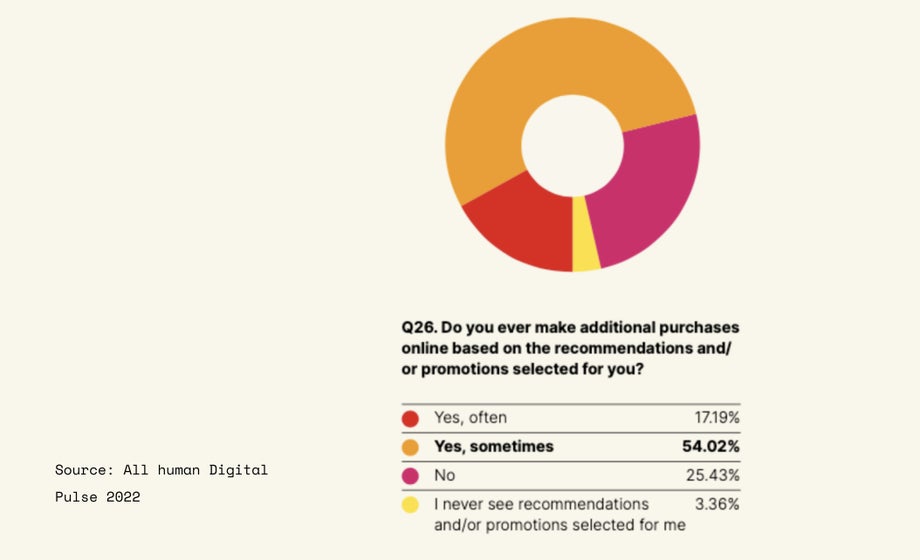
If you want to increase the percentage of your repeat customers, it is critical that your site, your customer journey is personalised and makes the consumer feel connected to your brand.
As I mentioned above, people do not want to have to figure out how to make a purchase on your site. The user's journey should be intuitive and they should not require instructions but when you do need to provide additional information or a call-to-action it should be clearly marked and the language used easy to understand.
Again, when we asked shoppers about their online purchasing habits, one of the main blockers to the completion of a purchase was a lack of clarity around charges and the returns process.
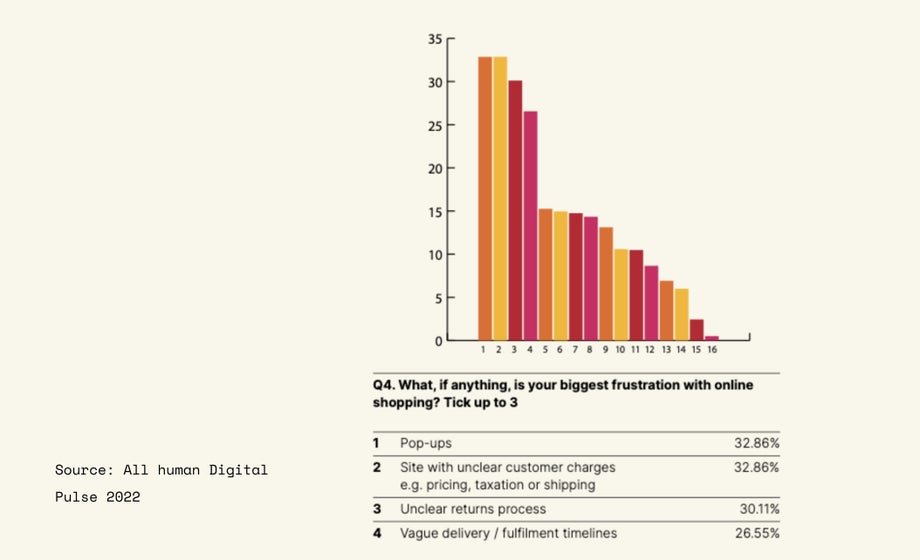
Review your current buying path and remove areas or wording that is ambiguous to encourage consumers to choose your brand.
Human nature being as it is, we are inclined to return to something when we know it is safe. When I see trust seals on a site I am more inclined to use them, and then once I have established that it is all legitimate and that my financial details are protected, I will use the brand again. Seeing positive feedback from other people who have experience with the brand online also can give a sense of safety and security.
Brands must prioritise the mobile experience and ensure that it is optimised for usability and also that it is fast. Alan Murphy, our CTO, talks about accelerated mobile pages (AMP) and page load speed in his blog. He reminds us that page load times are not just about our short attention spans. They also play a huge role when it comes to attracting new users through organic search. Google and other search engines prioritise sites that serve up content quickly, especially on mobile devices. Therefore you must build AMP into your site if you are going to compete on SEO and user experience.
By understanding the impact of a good CX design on the emotional state of customers, companies can reduce anxiety and improve the overall customer experience. This can lead to increased customer satisfaction, loyalty, and positive word-of-mouth, ultimately benefiting the bottom line of the business.


